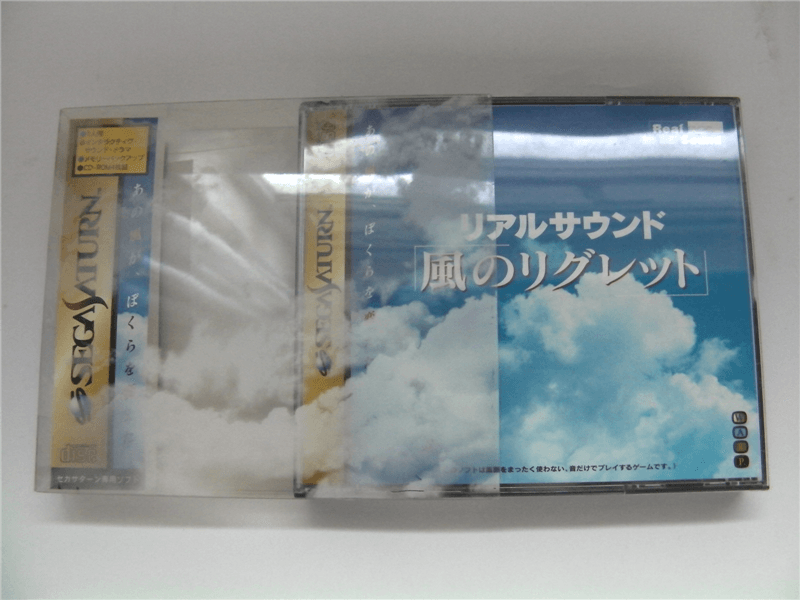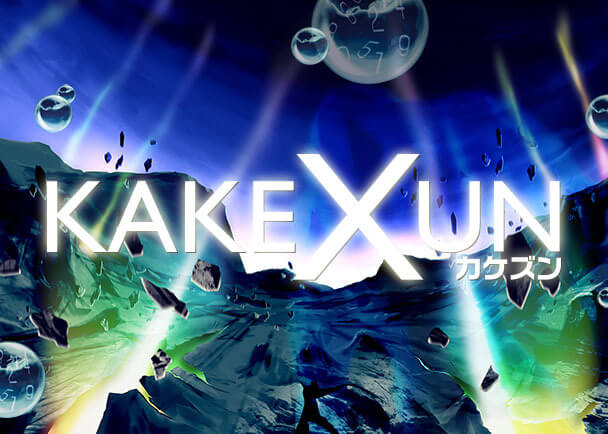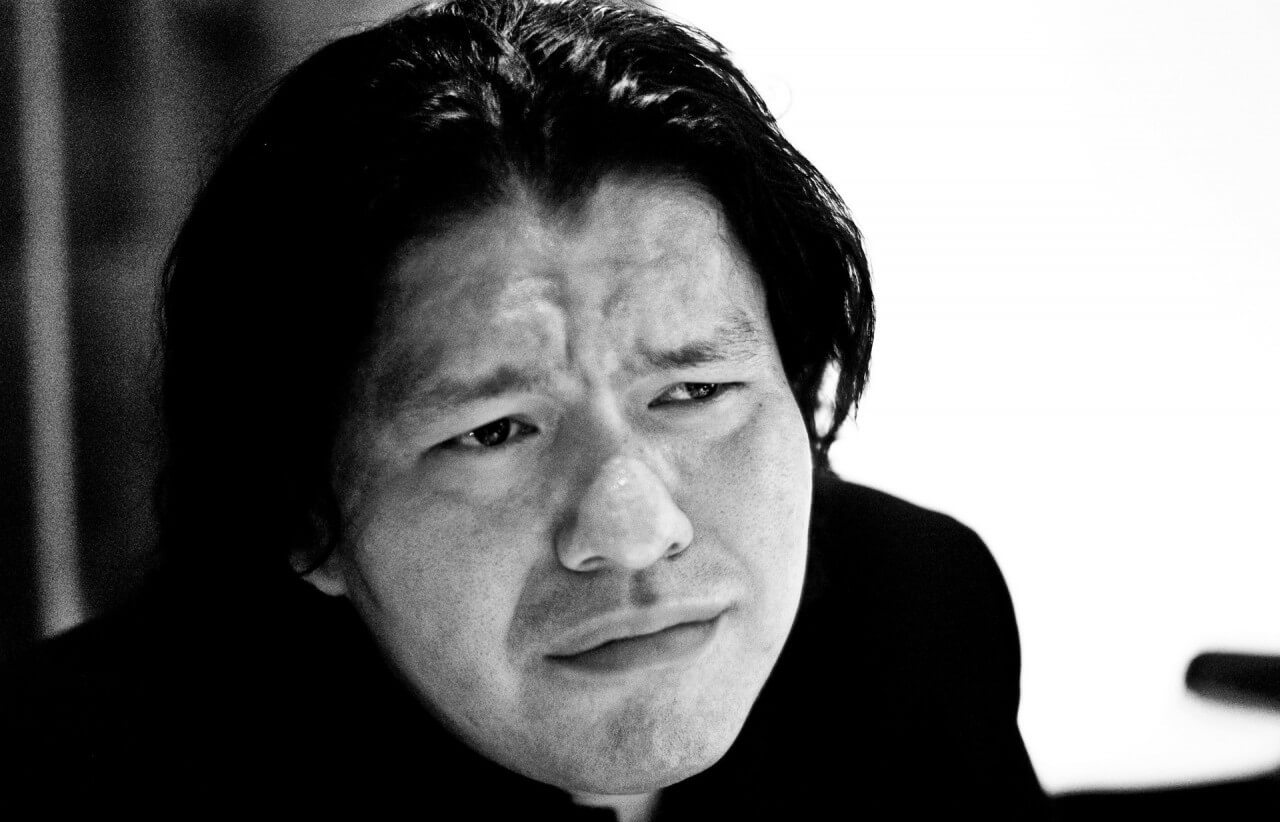Hideo Kojima, Suda51, CliffyB, and Shigeru Miyamoto… pretty much anyone who is even slightly informed on the video game industry has heard these names. In the last two decades, video games have gone from being the hobby of a minority, to the mainstream pastime enjoyed by over 150 million people in the United States alone. One of the benefits of this proliferation is that the creative talent in the industry is getting more and more widespread recognition. There may come a day in the future when the names of game designers are as well-known as movie directors. As great as things are now, though, there was a time when the world and the industry were a very different place.
Back in the twentieth century, many designers lived in obscurity, their names only known to those in their own industry, or to the well-informed fan. To the average consumer who was just playing video games for fun, the identities of those behind the game were unimportant. It was probably because of this that I first heard Kenji Eno’s name well after his major contributions to video games. I was listening to an episode of the Retronauts podcast when James Mielke shared some fond memories of his friend and former colleague. What I heard, which is a story I will cover later in this article, instantly made me a fan of Kenji Eno. I’m sure at this point some of you are asking “So, who was this guy, and what games did he make?” Don’t worry we are going to take the next few paragraphs to answer that question.

Kenji Eno was born May 5, 1970, in Tokyo’s Arakawa Ward. Starting at a young age, he displayed a high level of intelligence and a great interest in music and video games. In a 2008 interview that originally appeared in Electronic Gaming Monthly, he explained that the first game he played that he really enjoyed was Space Invaders. He said that he had certain “chemistry” with the game that he compared to love. At some point during his childhood, he learned to program and even won a prize for a youth programming competition. Around the same period, he experimented and learned to make music using his home computer. Seemingly in line with his rebel attitude, he eventually dropped out of school at the age of 17 and took to wondering Japan for some time.
Realizing that he needed to get a job to support himself, he tried his hand at a couple of different businesses before getting a job with the small video game company called Interlink. During the year that he spent with this company, he worked as a planner and in the sound department. Eventually, he felt that he no longer belonged at the company as it began to grow larger, and so he quit. After Interlink, he eventually ended up forming his own independent company EIM (“Entertainment Imagination and Magnificence”). EIM did develop several games; however Kenji Eno became unhappy with working mostly on licensed games and eventually left EIM behind.

This would mean the end of his involvement in the video game industry for a couple of years as he now went work as a consultant for an automotive magazine. During a fateful trip to San Francisco, his passion for making games was reignited after he visited a counterculture game event called “Be-in”. Upon returning to Japan, with an investment from his former boss, he started up the new game developer WARP. It was during his tenure here that he made many of his most famous works. The first of these games to garner a large amount of attention was D, which was a psychological horror puzzle adventure game. (Wow, that’s a mouthful.) The game was released for the 3DO platform; Kenji Eno had said that the affordability of the licensing fees made the console the only choice. Later, however, the game was ported to the Sega Saturn, Sony PlayStaton, and even MS-DOS. D is a quality game with great graphics and an amazing soundtrack created by Kenji Eno himself, but one of the things that really set it apart was the level of violence. He skirted the censoring process and delivered a game unlike anything people had seen before.

D did very well in Japan selling over a million copies, but it was another story overseas, where Sony allegedly failed to manufacture enough copies to meet retailer demand. This created lasting issues between Kenji Eno and Sony that would culminate in WARP no longer making games for Sony consoles. True to his nature, though, the way Kenji Eno informed the world of this fact was in his own style. In a somewhat legendary story, while at an industry event he and the President of Sega announced their new partnership by having the Sony logo on the screen behind Kenji Eno morph into a Sega Logo. This while he announced Warp would now develop exclusively for the Sega Saturn. This story is actually the first one that got me interested in this man. It was unlike anything I had ever heard a game designer do before.
There is a few other significant things note about Kenji’s time with WARP. The games Enemy Zero and Trip’d are both worth checking out, but the one that is most important to me is Real Sound. This was a game unlike any other I have seen. Classified as an adventure audio game, it has no visual element… that’s right; it’s a “video game” with only audio elements. This meant that the game provided equal access to both players with sight and to blind players. Kenji came up with the concept for the game after visiting fans who were visually disabled. From these people, he learned that the blind still play and try to enjoy video games. This experience encouraged him to create a game that gave both sighted and blind people the same experience. I addition as part of his contract for the game with Sega, Kenji asked that they donate 1000 Sega Saturn consoles to blind people, and he would match that donation with 1000 copies of the game. This is just one example of the exceptionally rare kind of person that Kenji Eno was.

As great as things at WARP might have seemed in its prime, Kenji continued to suffer bouts of mental instability, and this along with mediocre sales of its later titles led to close WARP in the year 2000. The same year he created a new company, Superwarp, whose focus was not on video games. The company was active for 4 years and during this time Kenji worked on a wide variety of projects, from marketing, to IT, and software development. In 2005, he closed Superwarp. During this time he did form another video game studio, From Yellow to Orange (fyto), and developed the WiiWare title You, Me, and the Cubes. Around the same time, Kenji teamed up with Kenichi Nishi to write the score for and help develop Newtonica, a game for the iPhone and iPod Touch.
He continued to develop games up until his passing in 2013 from heart failure. His final project, a game titled Kakexun was unfinished. However, the many close friends and colleagues Kenji touched during his life have taken it upon themselves to complete the game and honor his memory. This is another example of just how great Kenji Eno was, that his friends would continue making his last game, not as a profitable endeavor as ultimately the game will probably cost more money to make than it will generate from sales, but because they cared about him that much.

So, we have now covered his career at a glance, this could give you an idea about who this man was and why he mattered. Kenji Eno was more than that, though, more than so few words can capture. After reading the interview with his longtime friend James Mielke hat was published last year, I found myself overcome with regret that I had failed to really take the time to recognize his importance while he was still alive. Ultimately that’s what this article is about, and why I wrote these words. Kenji Eno was a great man, an amazing talent, and the world lost him far too soon. The games he made were not the greatest games in their respective genres, but each one was special and unique, each one was something only Kenji Eno could, or would dare to create.
I have often heard it said that you can tell the measure of a person by the friends and family they live behind. If that is true, then Kenji was among the best of us.
Editors Note: I wanted to take a moment to thank James Mielke. When I was doing research for this the only things I found that had as much impact as the words of Kenji Eno himself were those of Mr. Mielke. In addition I might have never learned about Kenji Eno at all if it hadn’t been for his mention by James Mielke in an episode of the old Retronauts podcast, that episode can be found here if you are curious. In addition, James had an interview with the website Automaton (found here) that was very insightful.







